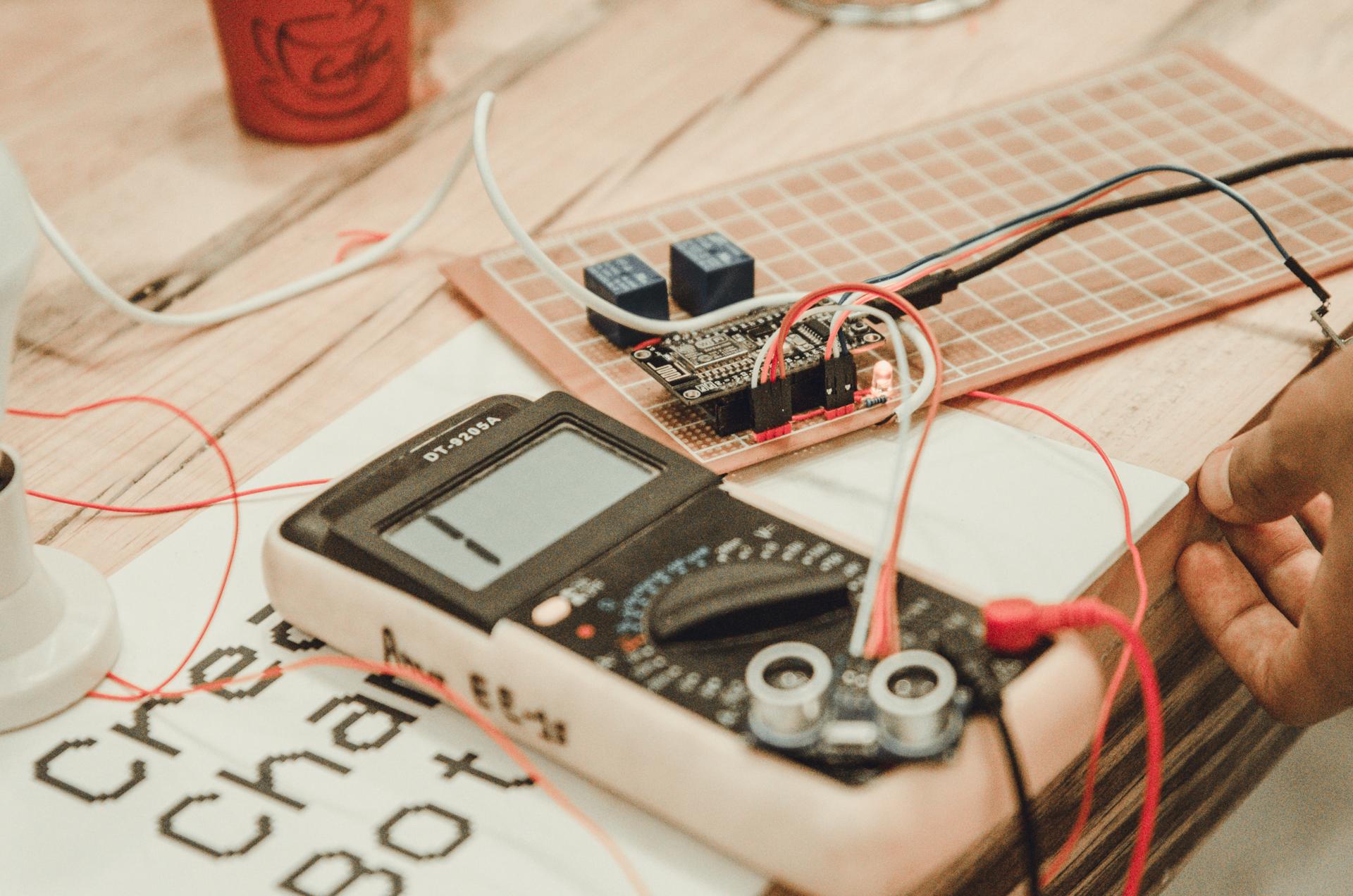House Electric Safety: A Guide to Conducting an Electric Safety Test

When it comes to security in your home one of the most important areas to think about is electrical safety. Testing for electrical safety is the process of evaluating the electrical system in your home to ensure it’s safe and up-to-code. In this article we’ll provide an overview of what the electrical safety tests are, the tools will be required for conducting them, the best method to carry out the tests and the warning signs to look out for.
What’s the definition of an Electrical Safety Test?
An electrical safety test is the procedure of examining the electrical system inside your home to make sure it’s functioning safely and correctly. Electrical safety tests are important as they can in preventing electrical fires and electrical accidents as well as ensure the durability that your electric system has.
Tools Needed to conduct an electrical Safety Test
For conducting an electrical safety check, you’ll need a few essential tools. This includes the voltage tester, a continuity tester, a circuit tester, and the outlet tester. It is utilized to test for live circuits, whereas the continuity tester checks for circuits that are damaged. The circuit tester is used to look for wiring issues and the outlet tester is used to detect electrical issues in outlets. It’s important to use the tools correctly in order to obtain accurate results.
How do you conduct an electrical Safety Test
To perform an electric safety check inside your home take these steps:
Switch off the power source to the circuit you’re trying to test.
Use the voltage tester to look for live circuits.
Utilize the continuity tester to look the integrity of your circuit.
Make use of the circuit tester to test for any wiring issues.
Make use of the outlet tester to check for wiring problems in the outlets.
During the testing process Be sure to check for signs of damage or wear on the wires for example, damaged or frayed wires, burn marks as well as loose or damaged connections. If you spot any problems, it’s important to address them as quickly as you can to avoid potential hazards.
Signals of electrical problems to Look Out For
There are a variety of warning signs that could signal electrical problems in your home. They include flickering light bulbs and frequent circuit breaker trips and crackling or buzzing sounds emanating from outlets. They also include outlet that are hot or discolored and a smell of burning. If you observe any warning signs, it’s important to act immediately to prevent potential electrical hazards.
Conclusion
Electrical safety tests are crucial to ensure the safety of your home and family. By conducting regular tests and addressing any issues promptly, you can avoid potential hazards to electrical equipment and extend the life of your electrical system. If you need help in electrical repairs or testing do not hesitate to call Local Electrician Narre Warren. Our experienced team can offer you expert advice and assistance. Contact us via 1300 933 820 to schedule an appointment or request a quotation.
FAQ Section
When should I perform an electrical safety test in my home?
We suggest conducting safety tests for electrical equipment at least once a year.
Can I perform the electrical test by myself or do I need the help of a specialist?
While it’s possible to perform tests for electrical safety yourself, it’s recommended to hire an expert to ensure the accuracy of results and prevent potential hazards.
Are there any frequently encountered electrical problems found in an electrical safety check?
The most common electrical problems that are discovered during a safety test comprise faulty wiring, overloaded circuits, and outdated electrical systems.
What should I do if encounter a problem during the electrical safety check?
If you discover a problem during the electrical safety test, it’s important to take action immediately. This may involve calling an experienced electrician to resolve the issue, or replacing faulty equipment.
